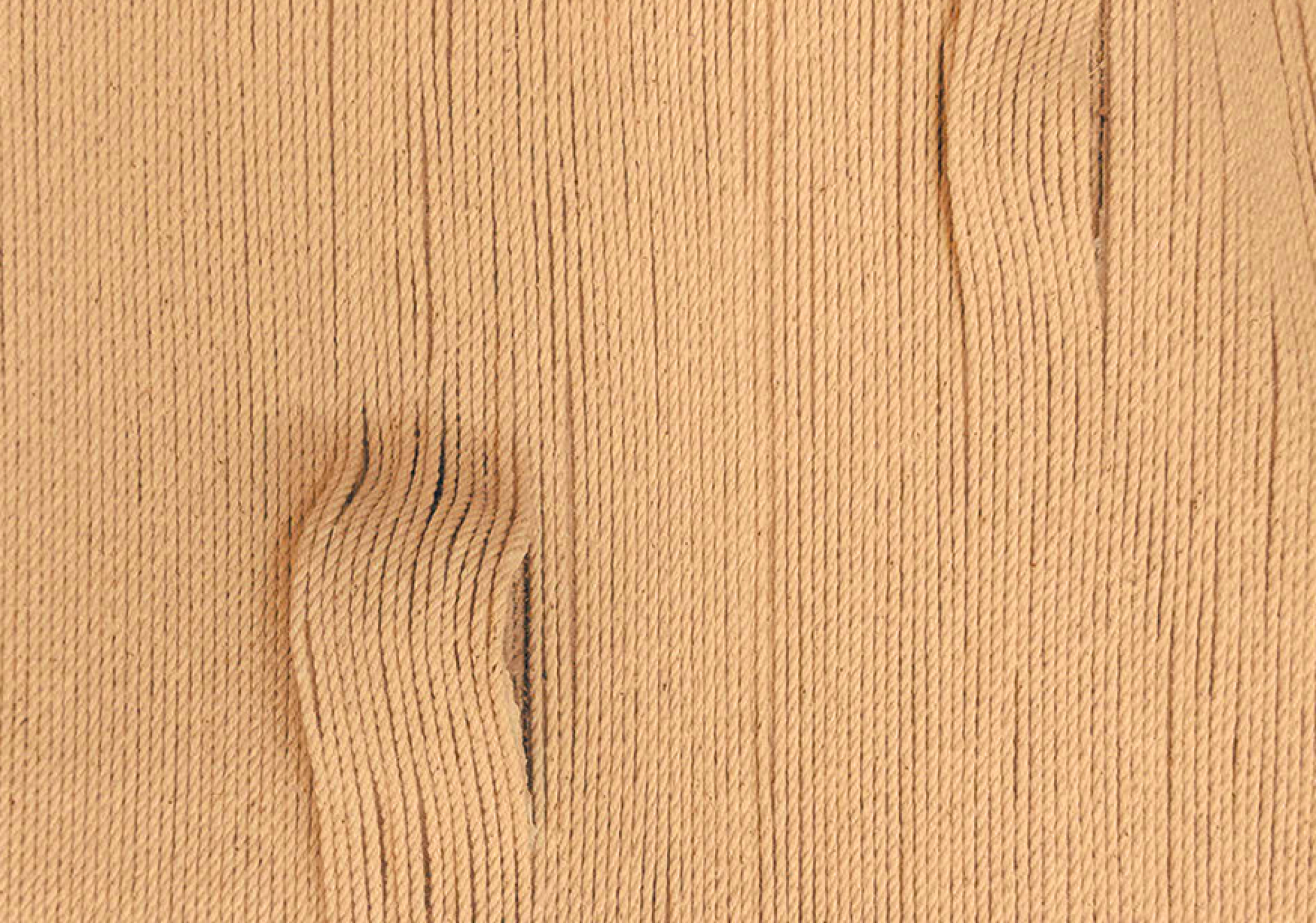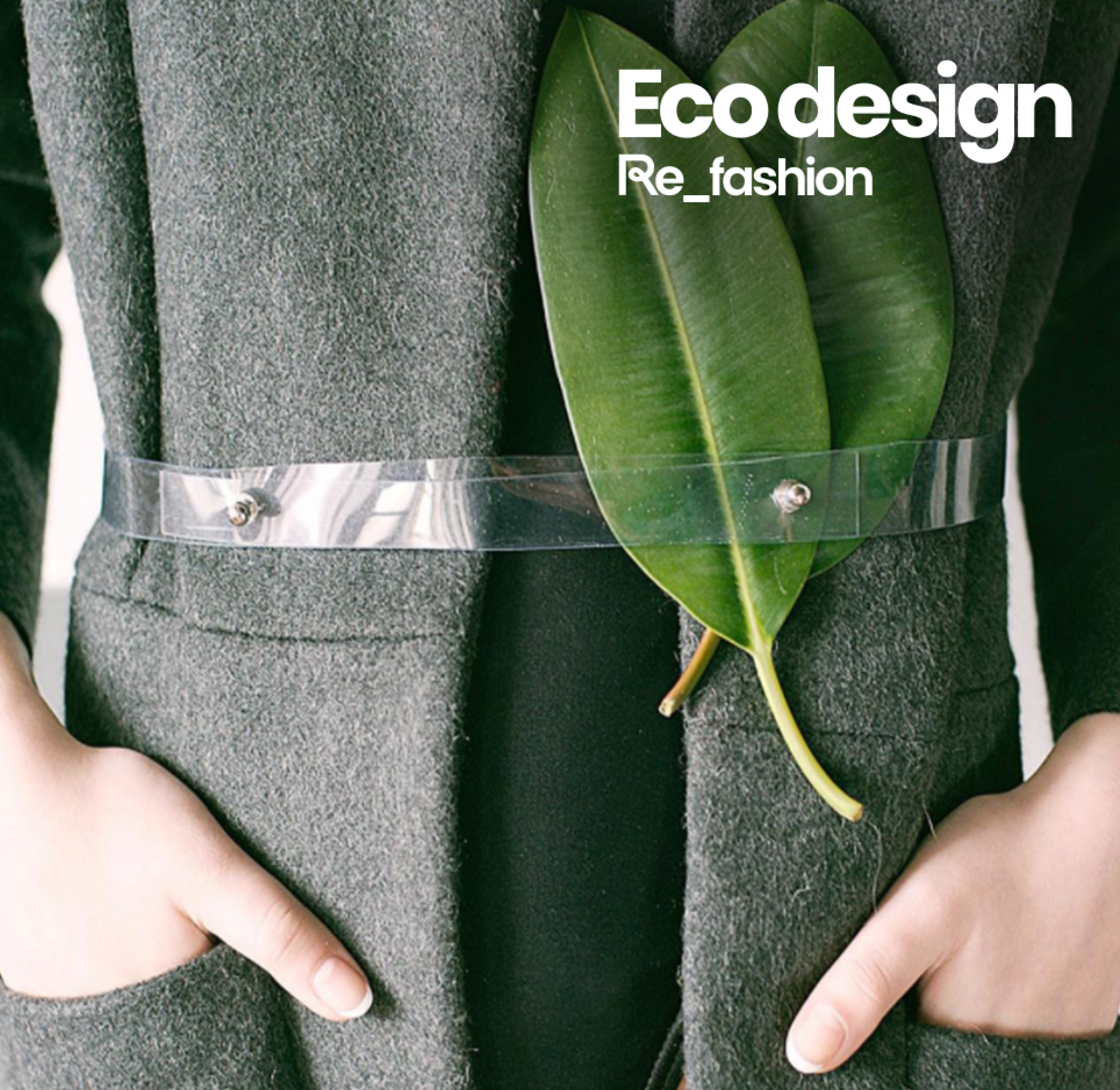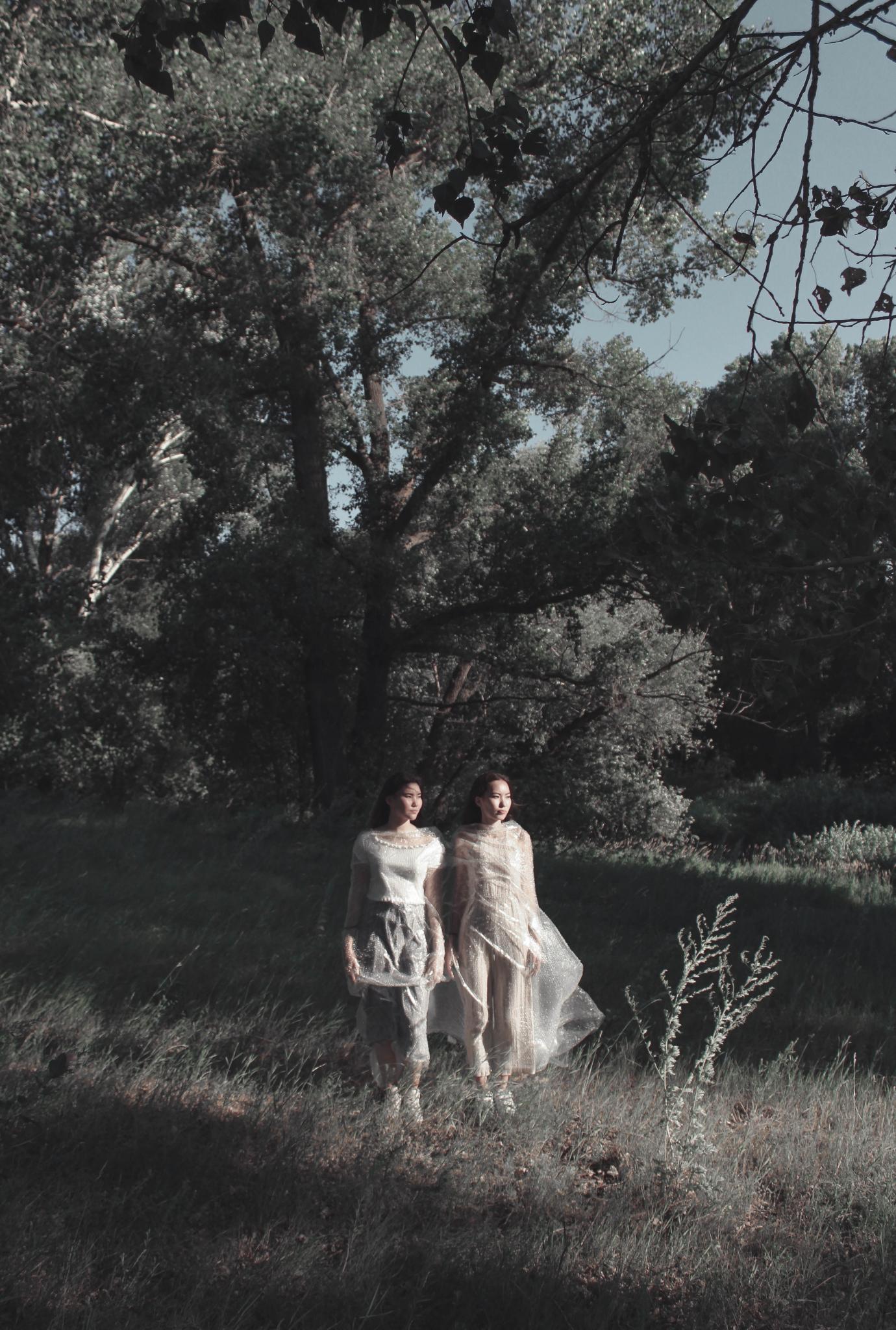Re-think the entire life cycle of a product in order

What is eco-design ?
From the very design stage of a process, good or service, eco-design aims to take account of the entire life cycle (production, manufacturing, transport, maintenance, end-of-life …) in order to minimise environmental impacts.
Eco-design also means ensuring that the performances of a product or a service are not degraded by reducing the environmental impacts. The service provided must be equivalent or superior.

Eco design
Refashion has created Eco design : the 1st platform which accompanies brand product teams in the eco-design of their textiles and footwear, whatever stage they are at in this field!
It is in the interests of textile and footwear brands to eco-design: minimising environmental impacts, financial savings, value creation, innovation factor, better brand image, … The objective of the Eco design platform is to respond to the problem of reducing waste whilst improving the durability and recyclability of textiles and footwear. So whether you're a circular economy expert or just curious to find out more about eco-design, the Eco design platform is designed for you!

The Eco-Design Meetings
Refashion goes further and launching his "Eco-Design Meetings".
Those digital awareness-raising and accompaniment workshops aim to help its members to rise to textile industries challenges,especially textile and shoes eco-design whatever their level of experience in this domain.
Why workshops ?
Beyond creating a community of eco-designers by enabling brands to meet up and exchange on the problems they encounter in putting in place initiatives such as eco-design, these workshops will permit :
-
awareness-raising among novices as regards the stakes of the circular economy and sustainable fashion in the wider sense;
-
the promotion and adoption of the Eco design platform. This tool must become an eco-design reference and the product brand teams must have the reflex to consult it during the textile and footwear creation stage.
-
the accompaniment of members with respect to specific problems : How can we reduce the environmental impacts of the textile ennobling process? How can we eco-design to improve recyclability ? How can we reduce and reuse unsold items ? etc..




